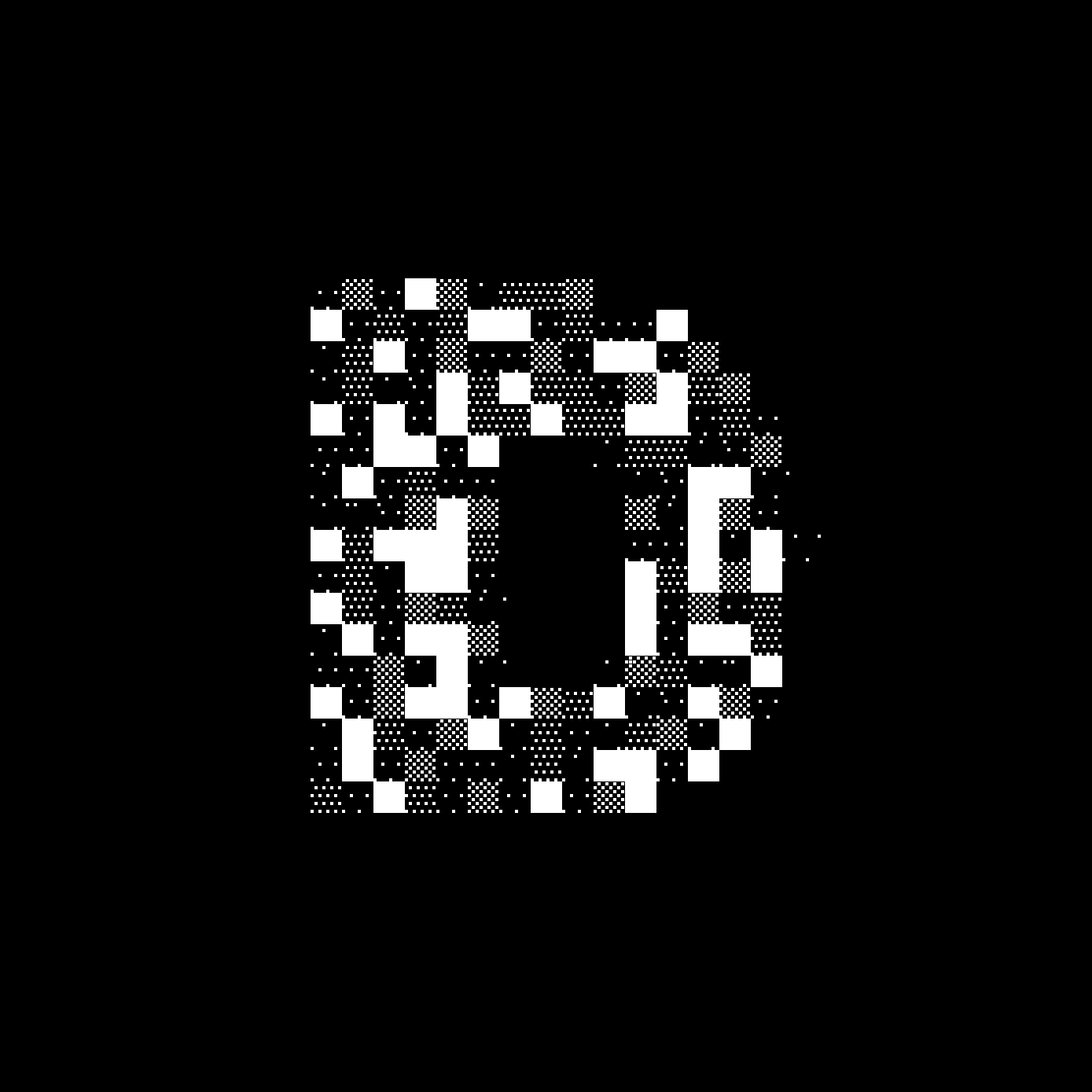Programs represent an abstraction layer that enables dynamic behavior and programmable logic for entities within DUST. Programs offer a flexible mechanism for extending entity functionality through custom logic that can respond to various in-world events.
Core Concepts
Programs in this architecture are defined by several key abstractions:
- ProgramId: A unique identifier that references a specific program implementation (the underlying value is a MUD
ResourceId) - EntityId: A unique identifier for entities within the world (ForceFields, Chests, etc)
- Program: Smart contracts (MUD systems) which can be attached to specific entities to define their behavior
Event-Driven Architecture
Programs follow an event-driven architecture where system contracts invoke program hooks in response to specific actions. This pattern allows for:
- Decoupling: World systems and programs are loosely coupled, communicating through well-defined interfaces
- Extensibility: New hooks can be added without modifying core systems
- Composability: A program can be attached to different types of entities, and optionally implement the hooks related to those entity types
ProgramId and Resource Management
The ProgramId type serves as the fundamental reference to program implementations. It is defined as:
type ProgramId is bytes32;Programs are registered as systems within the MUD framework, and ProgramIds encode the corresponding ResourceId of the system.
Program Attachment and Validation
The ProgramSystem contract manages the attachment and detachment of programs to entities:
function attachProgram(EntityId caller, EntityId target, ProgramId program, bytes calldata extraData) public {
// Validation logic
// ...
EntityProgram._set(target, program);
program.callOrRevert(abi.encodeCall(IAttachHook.onAttachProgram, (caller, target, extraData)));
// Notification logic
// ...
}
function detachProgram(EntityId caller, EntityId target, bytes calldata extraData) public {
// Validation logic
// ...
ProgramId program = target.getProgram();
bytes memory onDetachProgram = abi.encodeCall(IDetachProgramHook.onDetachProgram, (caller, target, extraData));
(EnergyData memory machineData, ) = updateMachineEnergy(forceField);
if (machineData.energy > 0) {
program.callOrRevert(onDetachProgram);
} else {
program.call({ gas: SAFE_PROGRAM_GAS, hook: onDetachProgram });
}
EntityProgram._deleteRecord(target);
// Notification logic
// ...
}A key aspect of program attachment is the validation process. Before a program can be attached to an entity, it must pass validation checks:
- The program must be registered as a private system
- If the entity being programmed is within an active ForceField, the forcefield's program
validateProgramhook must accept the attachment - The program itself must accept the attachment through the
onAttachProgramhook
This multi-layered validation ensures that only appropriate programs can be attached to entities, maintaining the integrity of the world.
Gas Safety Mechanisms
To prevent malicious or poorly implemented programs from consuming excessive gas, calls with a fixed amount of gas are used. Safe calls are only used for hooks that correspond to actions that the entity might be incentivized to prevent (e.g. onHit).
The SAFE_PROGRAM_GAS constant (set to 1,000,000 gas units) limits the gas available to safe program calls, preventing the program from consuming all the gas available in the transaction.
Program Execution in Context
Machine Interactions
Programs can respond to interactions with machines, such as when a player fuels a machine:
function fuelMachine(EntityId callerEntityId, EntityId machineEntityId, uint16 fuelAmount) public {
// Validation and fuel logic
// ...
// Call program hook
ProgramId program = baseEntityId.getProgram();
program.callOrRevert(abi.encodeCall(IFuelHook.onFuel, (callerEntityId, baseEntityId, fuelAmount, "")));
// Notification logic
// ...
}This allows machines to execute custom logic when they receive fuel, potentially triggering complex behaviors or state changes.
